If there has been a redemptive moment for the vampire in cinema’s recent history, it can be found in Jim Jarmusch’s Only Lovers Left Alive. A window into the eternal lives of vampire lovers, Adam and Eve (Tom Hiddleston and Tilda Swinton), the film opens with a shot of a starry night sky swirling into a classic 45 record. A cover of Wanda Jackson’s “Funnel of Love” by Jaramusch’s band SQÜRL & Madeline Follin plays in the background, setting the tone for a film that, in favor of bloodlust, mesmerizes and meanders through aesthetic explorations of beauty and decay.
When we first meet our Only Lovers Left Alive, they have been pushed to opposite ends of the Earth in search of hallowed Bohemian ground. Adam conducts his brooding from an abandoned mansion-turned-music studio in Detroit, while Eve roams the crumbling streets of Tangiers. Adam and Eve are consummate aesthetes who possess centuries of personal experience with history’s greatest cultural phenomena, and the rarity of their appearance provokes both envy and the sensation that their superb taste teeters on extinction. Here, costume designer Bina Daigeler captures a refreshing take on the vampire-as-ambassador for the power and fragility of creative capital-G Genius.
Pulling from the classic mythos that calls for vampires to be superhuman in poise, Adam and Eve’s wardrobes are impossibly and effortlessly cool. At home and during the daylight hours, they wear rich velvet robes and Chinese silk pajamas as casual-wear (not to mention Eve’s painstakingly embroidered black and gold kaftan). When they go out, their looks are dominated by buttery leathers that recall a time when fashion was not a statement split into countless disposable seasons, but a craft of more permanent splendor.
And yet these garments, either because of their brilliance or in spite of it, seem like the last of their kind, and in this way, there’s a gentle sadness to Adam and Eve. Despite being immortal, they seem at risk of running out of whatever makes life worth living. They have not only witnessed the masters, but have seen the purity of their work fan off into tributaries, thinning into a mist: copies of copies of copies without a discernible source. Jarmusch may be indulging in melodrama, but an unconventional vampire narrative asks us to look for something else under the moodiness. Adam and Eve’s clothes reflect mastery while begging the question: is there anything left after this?
On this point, the two vampires differ. Daigeler illustrates the complexity of the duo’s relationship (contrast-yet-compatibility) to a yin and yang effect. Adam, often in all-black. Eve, often in all-white. Adam has little faith in modern humanity (whom he pejoratively refers to as “zombies”) and their ability to create or recognize enlightened work. But Eve is more optimistic. When she tells Adam, “this self-obsession is a waste of living. It could be spent on surviving things, appreciating nature, nurturing kindness and friendship, and dancing,” she speaks to both Adam and his sympathizers.
In Only Lovers Left Alive, clothes play a part in communicating the tenuous nature of so many things that we wish to be eternal; the tantalizing mixture of desire and pain; the peculiar romance of a decaying, beautiful thing; and the spiritual suicide that is ennui. Adam and Eve are split sides of Jarmusch’s opinion, but Eve seems to have the final say. Despite an antique’s appearance, we may imagine its rejuvenation given love, care, and a healthy dose of “fresh blood” — so to speak.
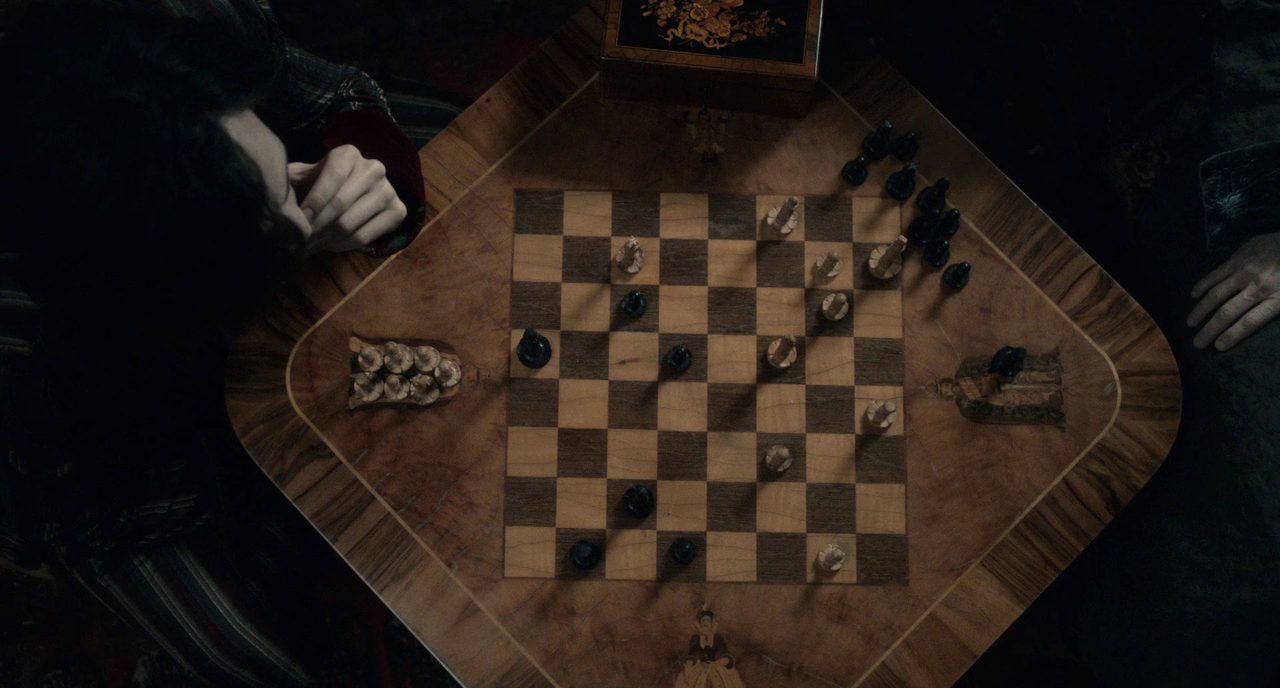
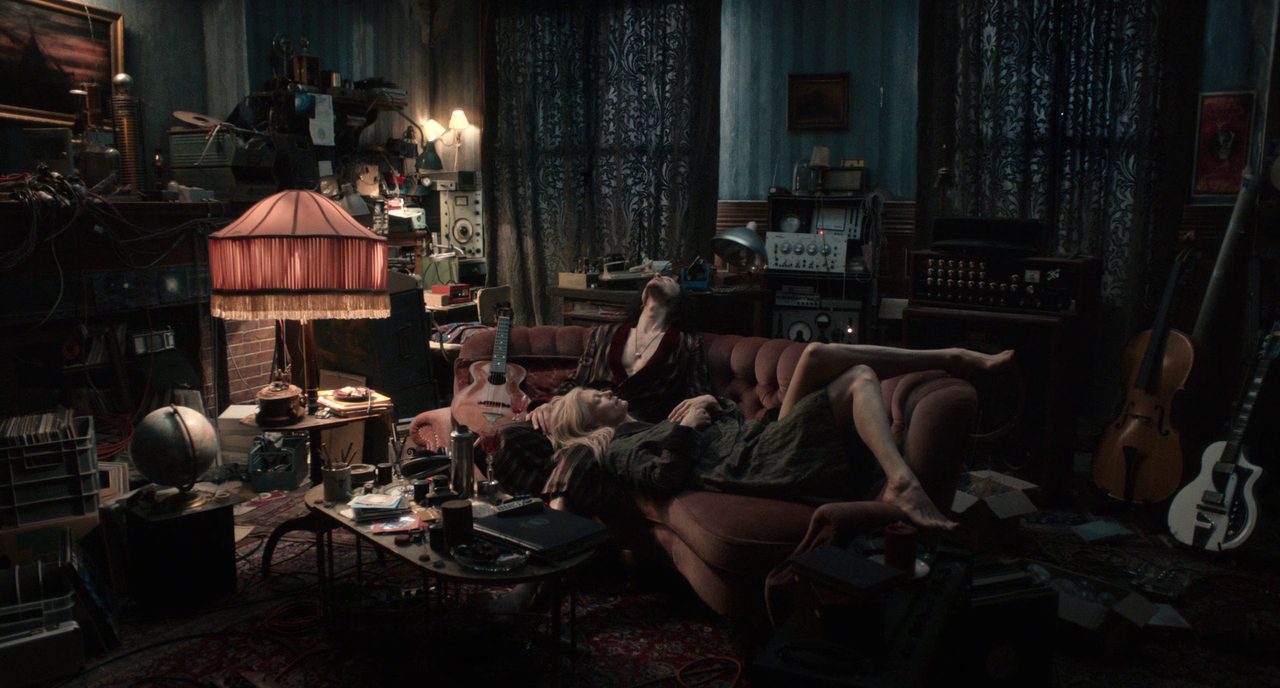

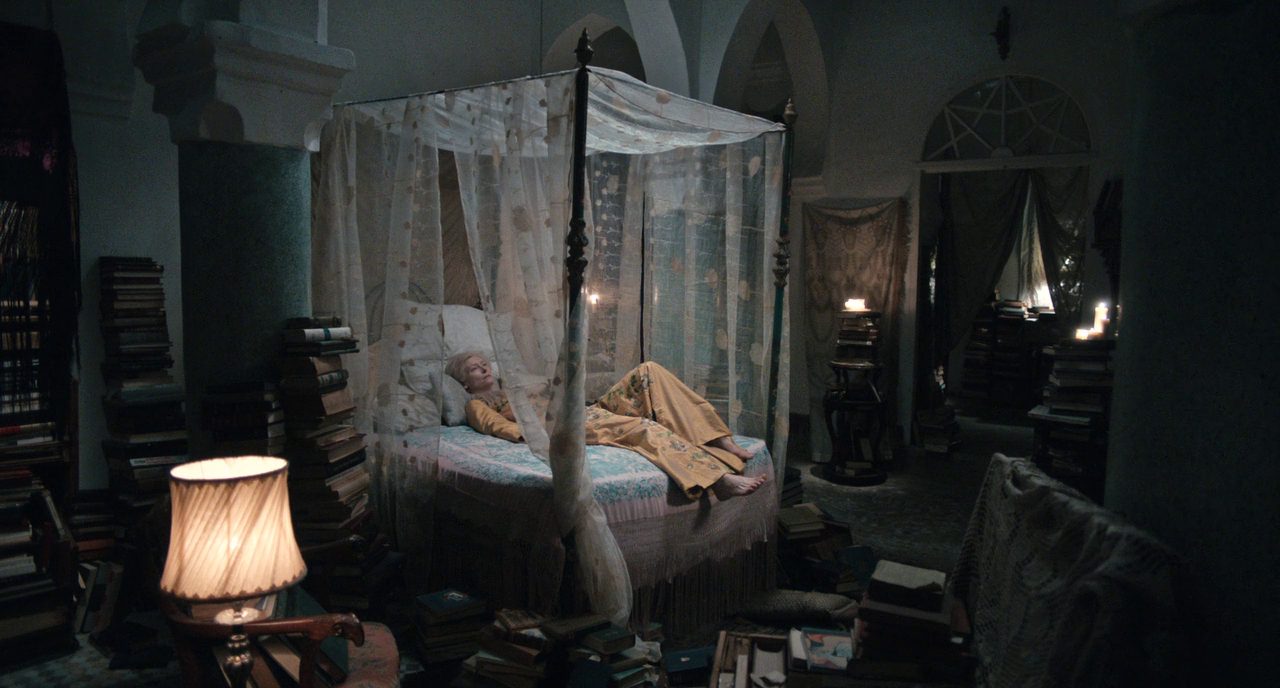
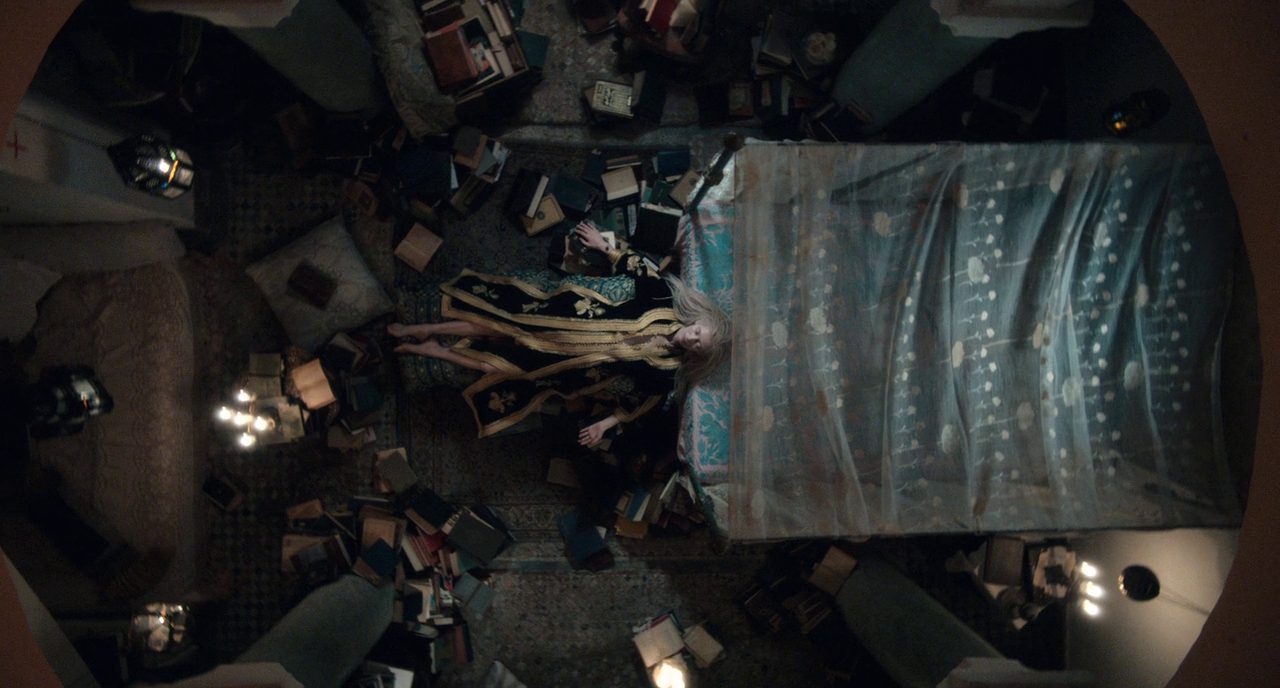
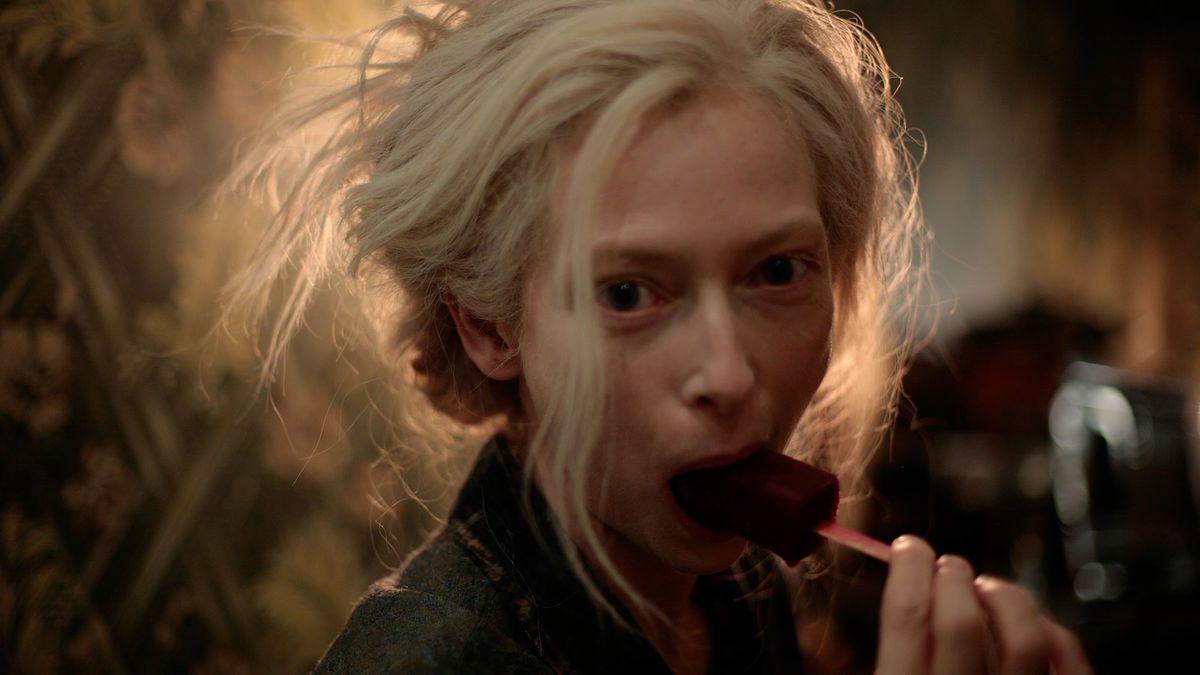
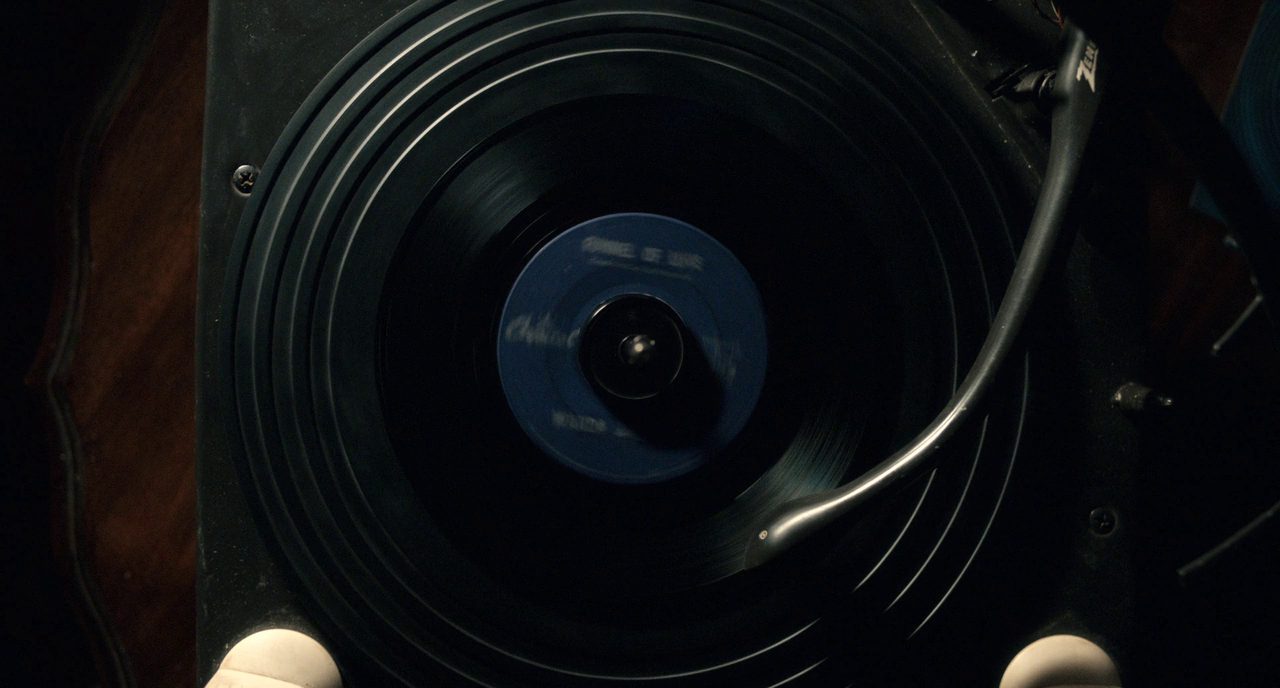
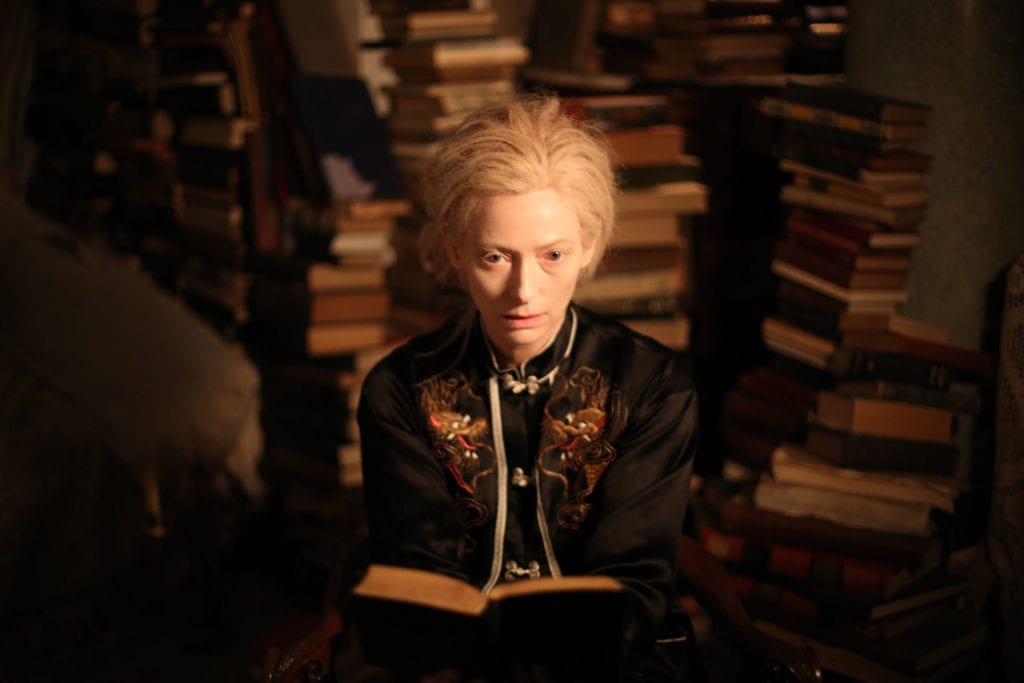
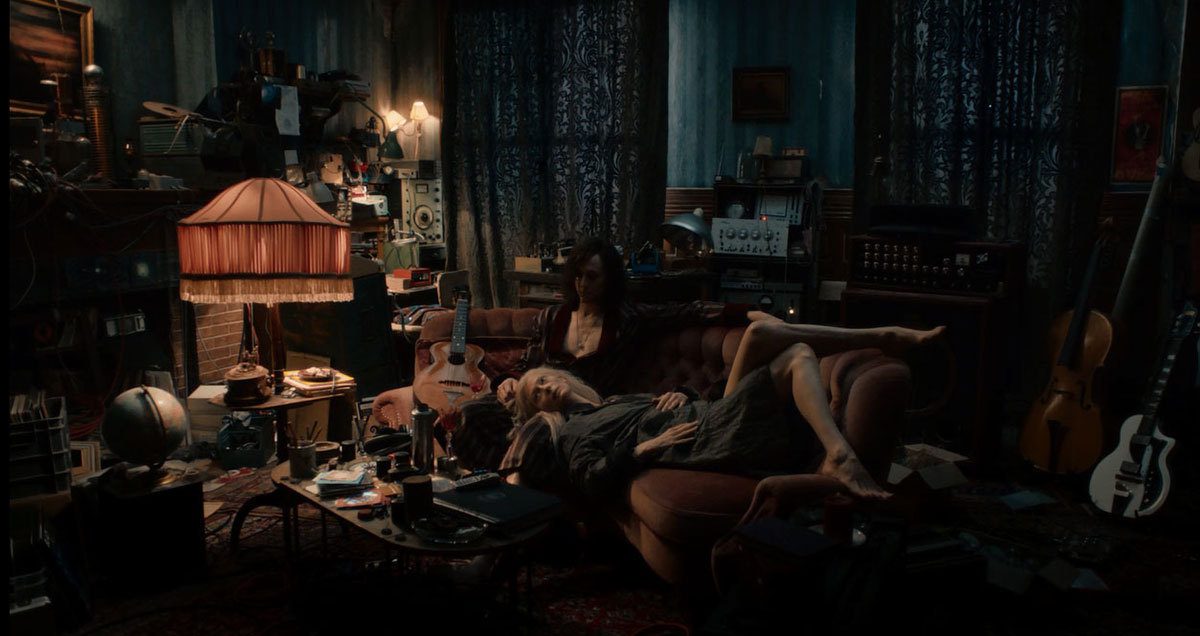 " alt="">
" alt="">